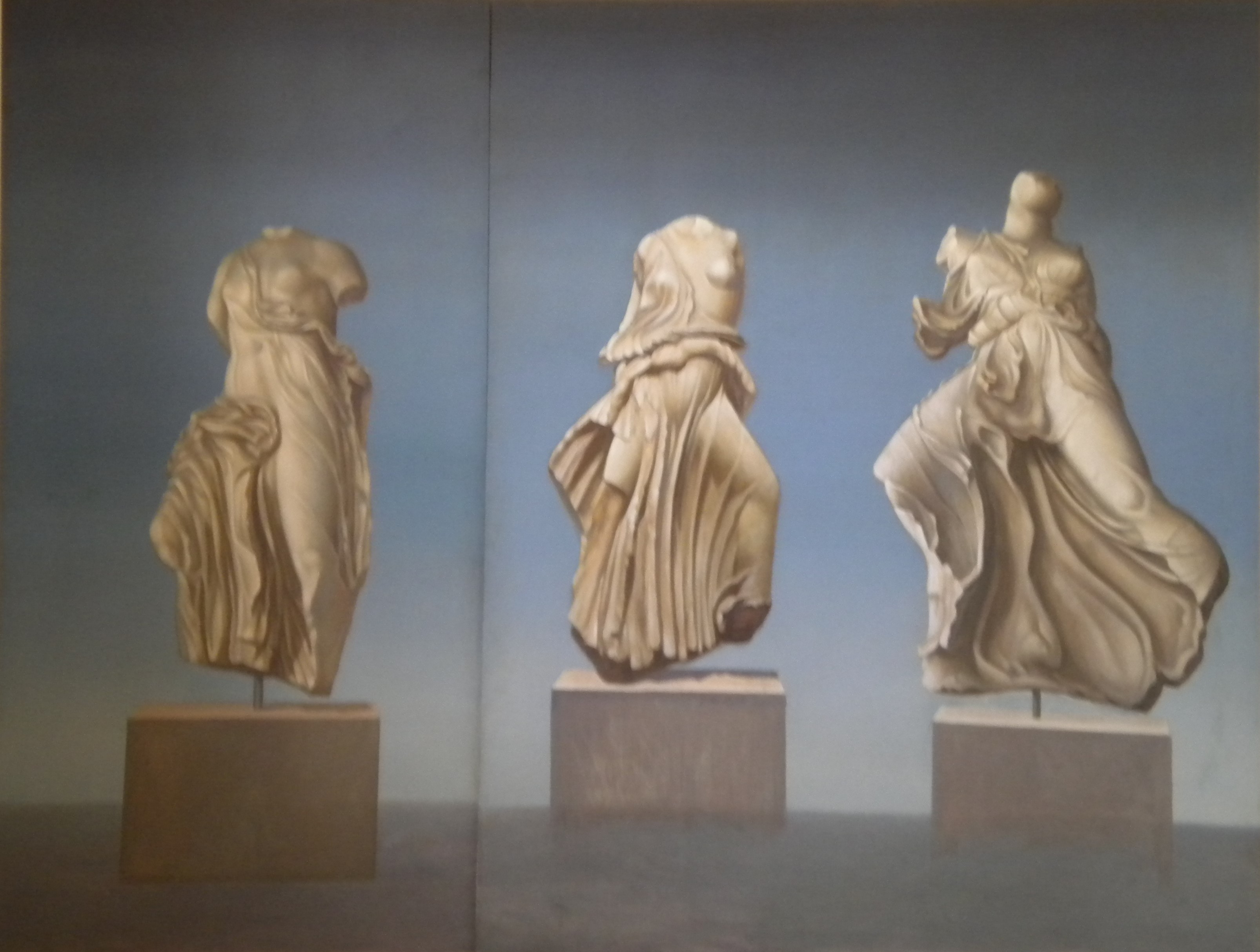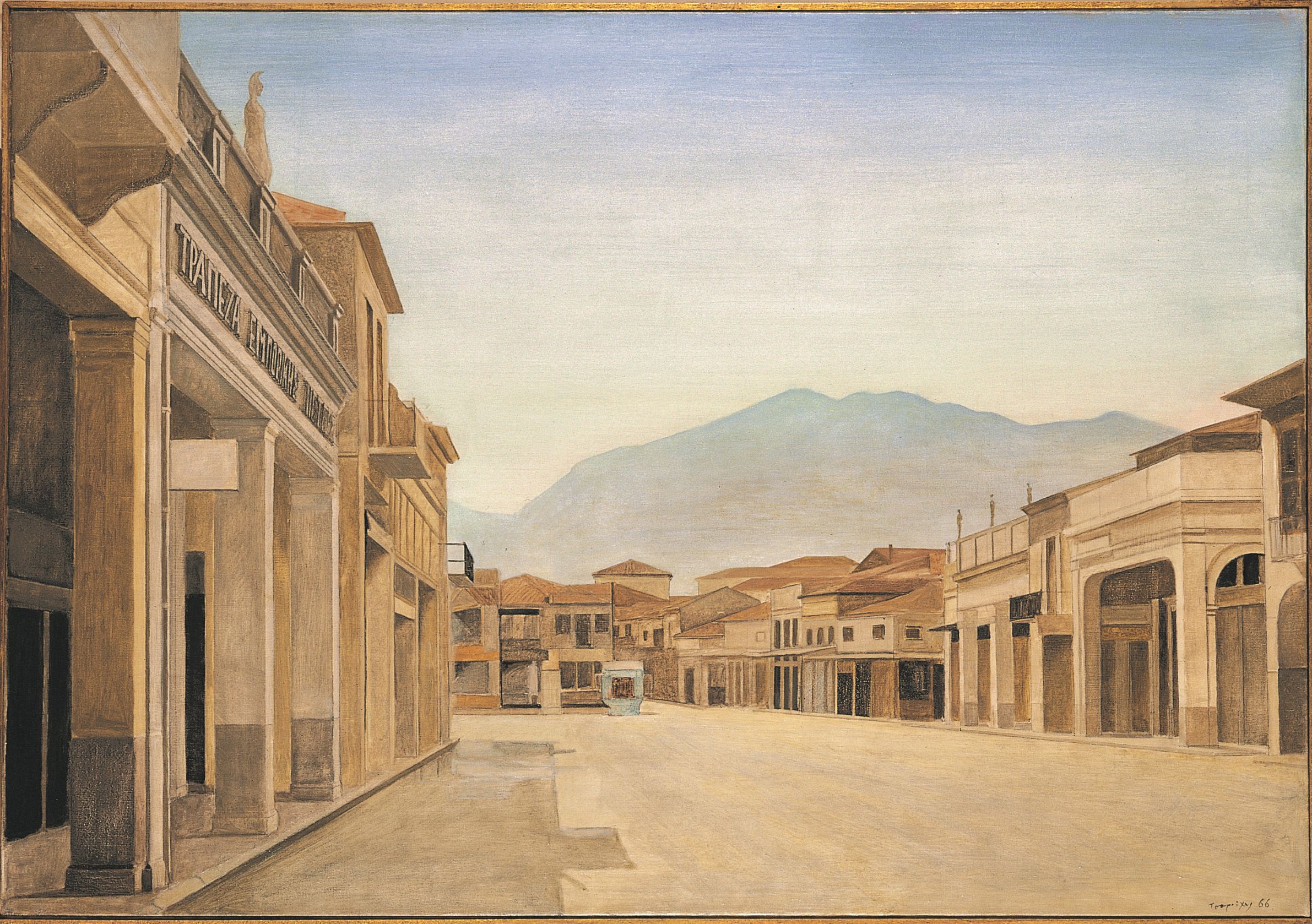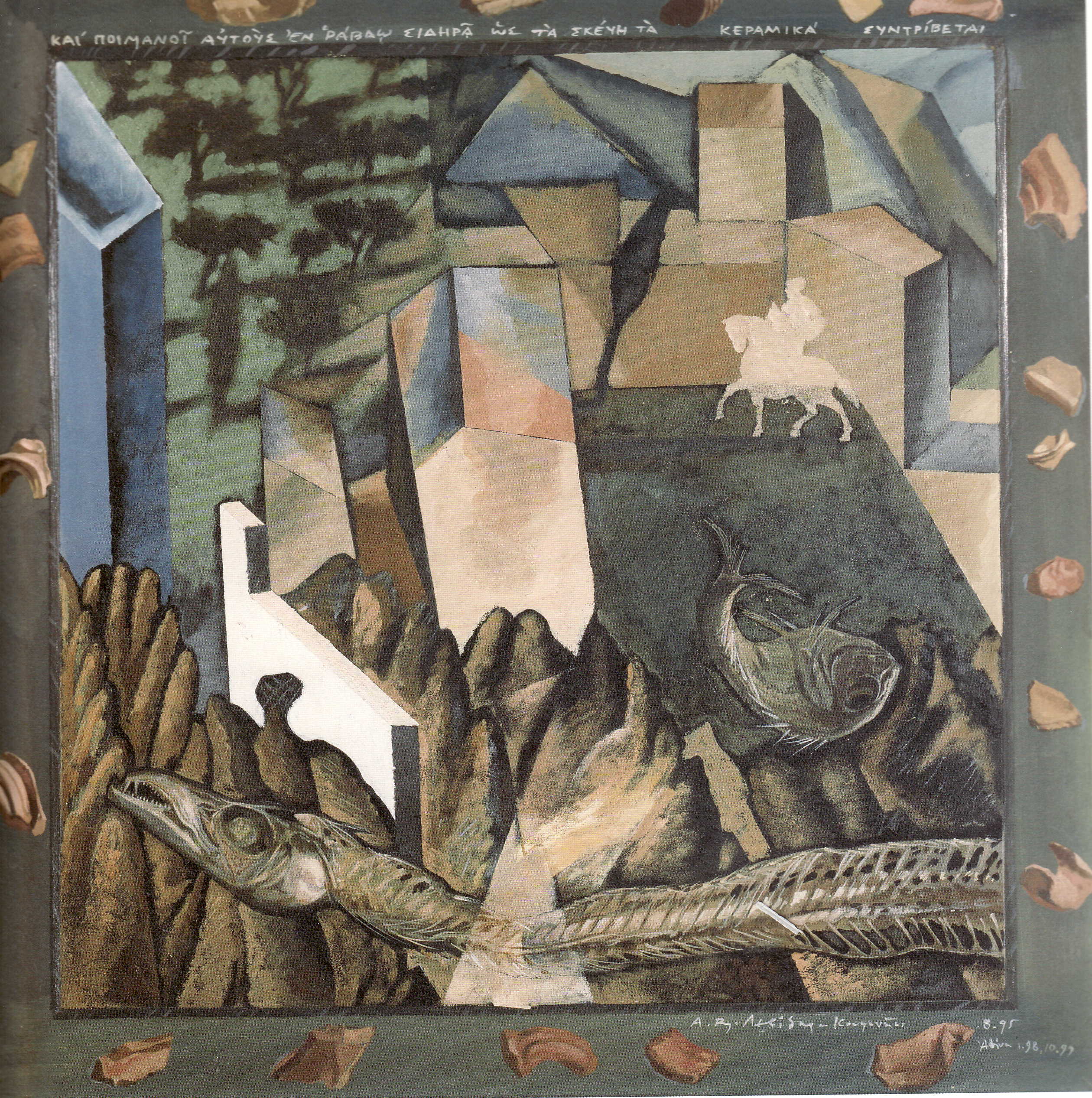Nikos Kessanlis, Pierre Restany. Identity Phantasmagoria
The piece Pierre Restany depicts the French art critic and friend of artist Nikos Kessanlis. It is part of a series titled “Identity Phantasmagoria”. Nikos Kessanlis worked with the photomechanical process more than any other artist in Greece. His research activity established him as one of the leaders of the Mec Art movement.
The piece Pierre Restany by Nikos Kessanlis depicts the French art critic and philosopher. Pierre Restany played a defining role in Kessanlis’ artistic evolution. The two men had formed a long-standing friendship.
The piece is part of the series “Identity Phantasmagoria”. The pieces in this series are printouts of life-sized human silhouettes on light-sensitive paper.
In these compositions, Kessanlis established and formulated a new visual technique: the photomechanical process, where painting is replaced by photography.
His life in a nutshell
Nikos Kessanlis (1930-2004) was born in Thessaloniki. Between 1944 and 1948 he studied at the studio of Jannis Spyropoulos. He continued his studies at the Athens School of Fine Arts, under Yiannis Moralis, until 1955.
In 1957 he studied conservation techniques at the Instituto Centrale del Restauro in Rome and he then settled in Paris. In 1964 he participated in the historic group exhibition “Three proposals for a new Greek sculpture” in Italy.
The exhibition was curated by French art critic and philosopher Pierre Restany.
In 1981 he was appointed professor at the Athens School of Fine Arts. Between 1991 and 1996 he served as the School’s Dean.
Artistic influences
The artistic style of Nikos Kessanlis was influenced by:
- Cubism
- Formless art
- Abstract expressionism
- Nouveau réalisme
A unique technique
Kessanlis’ compositions summarise the emphasis he placed on gestures, and the compositional process of bringing together materials and images. The artist also put forth his proposals for a new visual technique that uses the photographic method.
An important visual researcher
The visual arts research conducted by Nikos Kessanlis was extremely important in Europe. Over the years 1963-1976 he focused his interest on the:
- Photomechanical analysis of image structure.
- Use of the photographic and shadow theatre techniques in painting.
This research period was the precursor of the Mec Art movement, and established Kessanlis as one of the main representatives of this new visual arts trend.
Mec Art: When painting meets photography
Mec Art is a visual arts trend that emerged in the European artistic scene around 1963. It is a photomechanical technique that uses silkscreen printing to transfer an image on light sensitive fabric or another neutral surface.
Based on the use of technology, the artist re-structures the 2-dimensional image, shuttering the artwork’s uniqueness. The mechanical processing of photographs helps lead to the endless creation of new images. As such, Mec Art marks the start of multiplicity in painting.
The work of art in our publications
The piece Pierre Restany by Nikos Kessanlis is referenced in the Alpha Bank publication The Alpha Bank Collection. Greek Art from 1960 until Today, edited by Maria Tsantsanoglou, Irene Orati and Yiannis Bolis. The publication accompanied the same-titled exhibition that opened in Thessaloniki in 2018.
In other literature
The piece is also featured in Denys Zacharopoulos’ book, Beltsios Collection. The Pioneers. A view of Greek art in the 2nd half of the 20th century.
The Alpha Bank Art Collection is not open to the public.
You can visit it by appointment. Contact us to book your visit.






